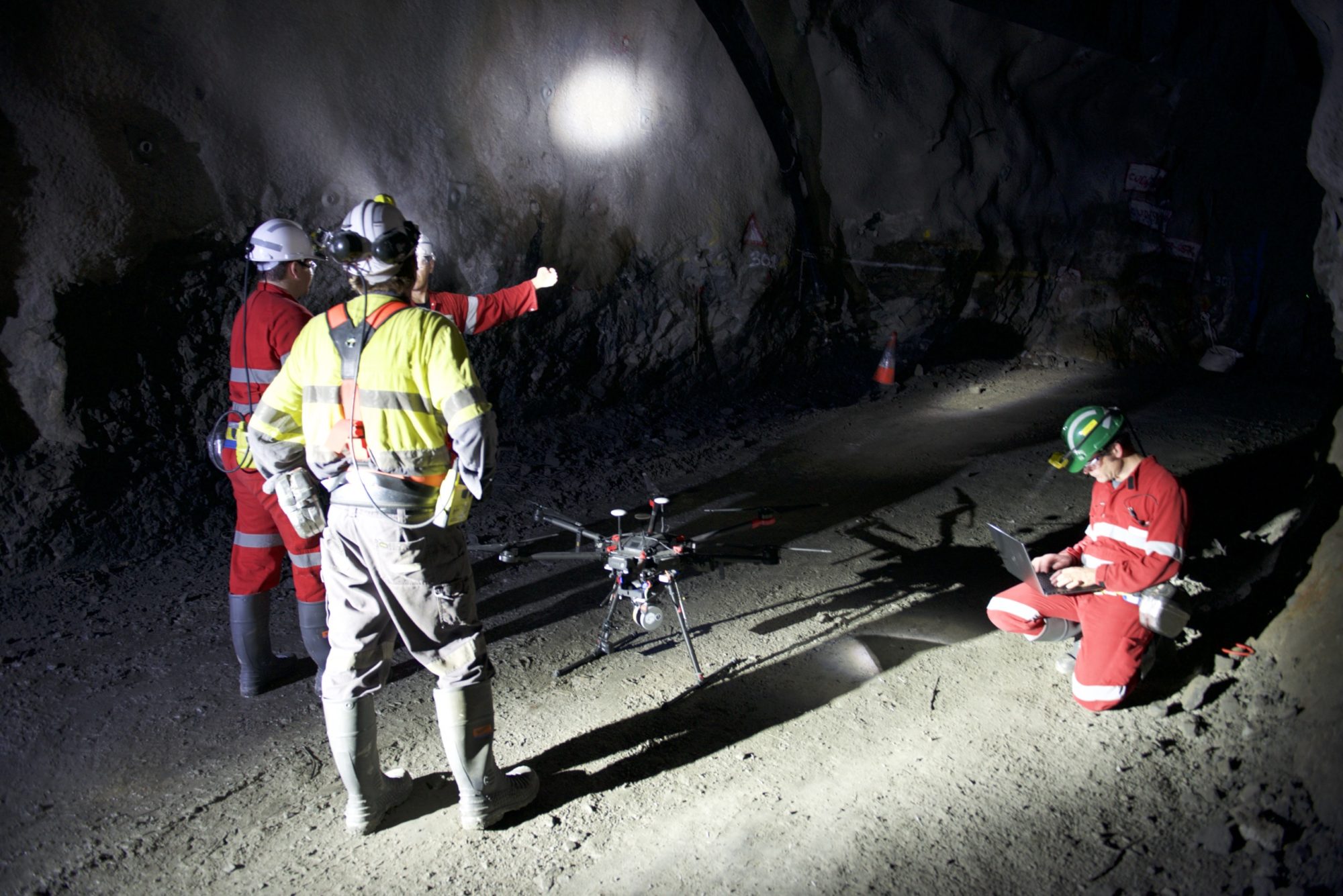Emesent, a drone autonomy spin-out from Australia’s CSIRO, has raised A$3.5 million ($2.5 million) in venture capital to commercialise its first product, Hovermap.
Main Sequence Ventures, which manages the CSIRO Innovation Fund, led the funding round along with long-time Bechtel mining executive Andy Greig.
Developed by former researchers from CSIRO’s Data61, Emesent’s Hovermap technology automates the collection of valuable data in underground areas too dangerous or difficult for people to survey or navigate, such as stopes or ore passes in mines, the technology arm of Australia’s national science agency said.
“Drones installed with Hovermap can be deployed in GPS-denied environments without a human controller to create 3D maps, and record gas readings, videos and images,” CSIRO said.
Hovermap draws on a decade of research by CSIRO’s Robotics and Autonomous Systems group into drone autonomy and 3D LiDAR-based simultaneous localisation and mapping (3D SLAM) techniques.
Dr Stefan Hrabar, Co-Founder and CEO of Emesent, said: “Hovermap enables the mining industry to safely inspect inaccessible areas of underground mines, while improving the type and quality of data collected to unlock new insights.
“This includes comparing the stope design to the actual post-blast shape to detect over-break and under-break, identification of geotechnical structures and accurate post-blast volume reconciliations.”
The data gathered improves a mine’s productivity and provides a better understanding of conditions underground, all without sending surveyors and miners into potentially hazardous areas, according to Hrabar.
Before being spun out of CSIRO, Hovermap enabled the world’s first fully autonomous beyond line-of-sight drone flight in an underground mine, 600 m below the surface of Western Australia. And the Hovermap system is already being used commercially for a variety of applications by early adopters in Australia, the US, Canada, China and Japan, according to CSIRO.
A new programme targeting the underground mining sector has now been rolled out, providing early access to Emesent’s mining-specific autonomy functions to selected participants.
“The investment will give us the opportunity to build out our team from seven to 25 and make Emesent a global leader in drone autonomy and automated underground data collection and analysis,” Hrabar said.
Queensland-based Emesent has also received support from CSIRO’s ON Accelerator programme. Both Main Sequence Ventures – CSIRO Innovation Fund and ON are supported by the Federal Government’s National Innovation and Science Agenda.
Larry Marshall, CSIRO Chief Executive, said Emesent is an example of a company who has hit the “innovation sweetspot”, combining its deep domain experience in mining with digital expertise.
“This has been harnessed by the environment we have created at CSIRO where deep science combines with innovative ideas and agile minds to create game-changing technologies,” he added.
The field of automated underground drone mapping has been growing recently. Just last month, drone major Terra Drone bought a large stake in Sweden-based startup Inkonova AB, a company focused on aerial robotics for underground mining.
Emesent is partnered with CSIRO’s Data61 to compete in the US Defense Advanced Projects Agency’s new Subterranean Challenge, which aims to develop innovative technologies to rapidly map, navigate and search underground environments.
It is one of seven funded teams competing and the only team selected from outside the US.











